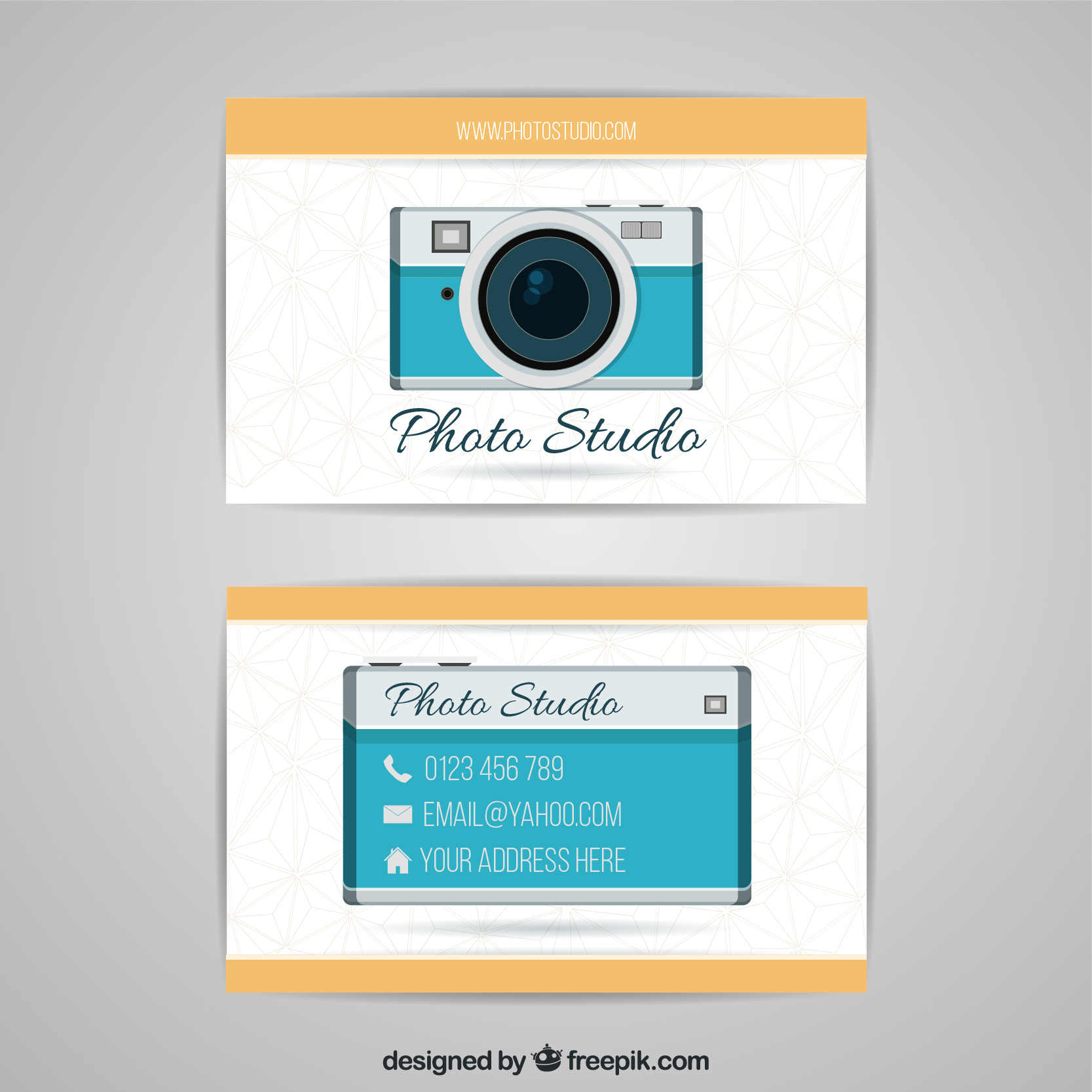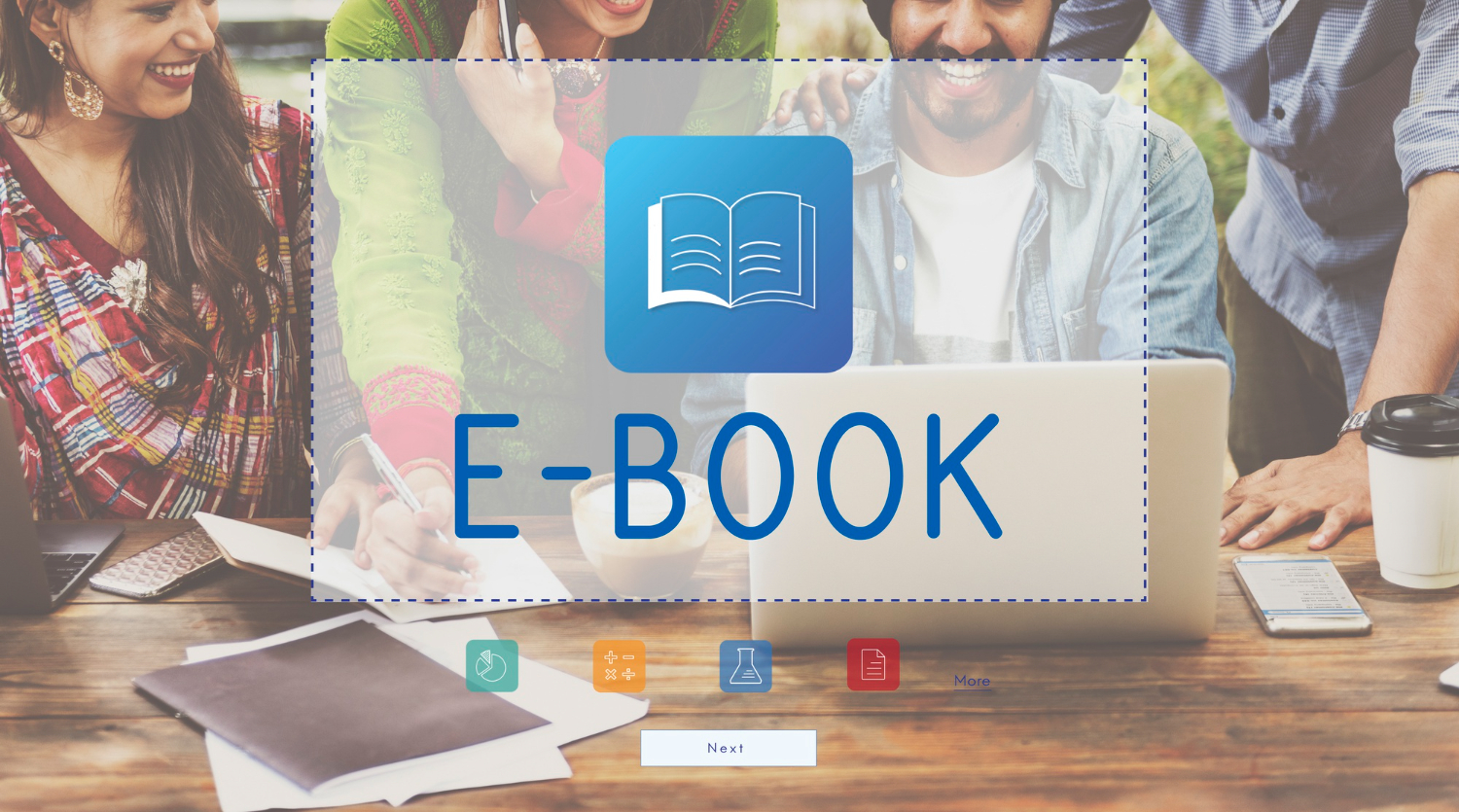The Real-Life Struggle of Networking Abroad
Picture this: you’re at a global business conference in Tokyo. After a great conversation, a new contact hands you their sleek business card covered in Japanese characters. You smile politely, slip it into your wallet, and think, “I’ll figure this out later.” But later never comes, and that card joins the pile of unread contacts.
Sound familiar?
In today’s global world, we collect business cards in multiple languages — Japanese, Chinese, Arabic, and Spanish but often can’t read them. That’s where your phone camera becomes a powerful translator. With the right apps, you can scan, translate, and even save the details instantly, without carrying around a dictionary or typing characters manually.
I’ve tested multiple apps myself, from Google Translate and iOS Live Text to Microsoft Lens and Papago, and the results are surprisingly good. Let’s walk through why this matters, how it works, and which tools really get the job done.
Why Translating Business Cards Matters
Translating business cards isn’t just about understanding names and job titles. It’s about building connections.
- Networking Opportunities: You don’t want to miss a partnership just because you couldn’t read the card.
- Travel Convenience: Whether in China or Germany, it helps to know who you’re talking to.
- Professionalism: Instant translation shows respect for the other person’s language.
- Accuracy: Job roles, company names, and contact details matter in business — you can’t afford errors.
- Digital Integration: Many apps let you save translated contacts directly to your phone, skipping manual entry.
In short, knowing how to translate business cards with your phone camera can be the difference between a missed chance and a successful deal.
Step-by-Step: How to Translate Business Cards with Your Phone Camera
Step 1: Pick the Right Translation App
Not all apps handle business cards equally well. Some keep formatting, others just give raw text. I’ll review the best options below.
Step 2: Open the Camera or Scan Feature
Apps like Google Translate or Apple’s Live Text let you hover over the card and see instant translations.
Step 3: Capture or Highlight Text
If the app allows live translation, you can read it instantly. For scanned translations, capture the image and let the app process it.
Step 4: Review the Translation
Check names, phone numbers, and job titles carefully. Some characters (like Chinese names) may need extra verification.
Step 5: Save or Export the Contact
Most apps let you save translations directly into your contacts, making it easy to follow up without retyping.
The Best Free Apps for Translating Business Cards
Here’s a comparison of the top apps I tested for this purpose:
| App | Accuracy (1–10) | Formatting | Extra Features | Best For |
|---|---|---|---|---|
| Google Translate | 8 | Good | Instant camera translation, offline mode | Travelers & quick scans |
| iOS Live Text (Apple) | 9 | Excellent | Copy-paste text directly, built into the iPhone | iPhone users |
| Microsoft Lens + Translator | 8.5 | Good | OCR + direct integration with Outlook | Professionals |
| Papago (by Naver) | 8 | Good for Asian languages | Handles Korean, Japanese, and Chinese well | Students & travelers in Asia |
| CamScanner (free version) | 7.5 | Moderate | Document management, OCR, export options | Business users |
| Waygo (for Asian scripts) | 7 | Limited | Works offline for Chinese, Japanese, and Korean | Travelers without internet |
Reviews of Each App
1. Google Translate – The Reliable All-Rounder
Google Translate’s camera mode is fast and supports over 100 languages. I tested it on a Korean business card: within seconds, the name, job title, and company appeared in English. Numbers and emails stayed intact.
- Pros: Free, offline mode available, very easy to use.
- Cons: Sometimes struggles with stylized fonts.
Perfect for quick translations on the go.
2. iOS Live Text – Built Right Into Your iPhone
If you’re using iOS 15 or later, you don’t even need an extra app. Just open your camera, point it at the card, and tap the “Live Text” button. It recognizes foreign text instantly. Combine this with Apple Translate to convert into English.
- Pros: Super accurate, seamless with iPhone ecosystem.
- Cons: Only available on newer iPhones.
Best for iPhone users who want smooth integration.
3. Microsoft Lens + Translator – Professional Combo
Microsoft Lens lets you scan business cards, then export details directly into Outlook contacts. Pair it with Microsoft Translator and you’ve got a solid system. I tested it with an Arabic card, and it preserved the layout surprisingly well.
- Pros: Great for professionals, integrates with the Office suite.
- Cons: Slightly longer process than Google Translate.
Ideal for business professionals.
4. Papago The Asian Language Specialist
Developed by Naver, Papago shines in Korean, Japanese, and Chinese. I tested a Japanese card — while Google Translate gave a clunky job title, Papago nailed it.
- Pros: Specialized accuracy for Asian languages.
- Cons: Limited outside of Asian scripts.
Best for students or travelers in East Asia.
5. CamScanner Document Management Plus Translation
CamScanner isn’t just for scanning — it also offers OCR and translation. I uploaded a Spanish business card, and it extracted text neatly. Translation accuracy was decent, but not as natural as DeepL.
- Pros: It lets you save and organize cards.
- Cons: Ads in the free version.
Good for professionals who collect many cards.
6. Waygo Works Without Internet
Waygo is older but useful if you’re traveling without mobile data. It translates Chinese, Japanese, and Korean offline by hovering your camera over the text. Accuracy is moderate, but it’s a lifesaver when there’s no Wi-Fi.
- Pros: Works offline.
- Cons: Limited language support.
Handy for travelers in Asia.
Real-Life Stories
- Student Example: A Japanese exchange student I know used Papago to translate English business cards into Japanese. It helped her find internship opportunities she might’ve missed.
- Traveler Example: On my trip to Seoul, I used Google Translate to scan business cards at a tech fair. Within seconds, I knew who was a CEO and who was a sales manager.
- Professional Example: A marketing executive told me she uses Microsoft Lens at global expos. Instead of carrying piles of unread cards, she scans and saves them directly to Outlook with translations.
Sources & Validation
- Google Translate FAQ
- Apple Support: Live Text
- Microsoft Lens
- Papago Translator
- CamScanner
So, What’s the Bottom Line?
If you’re collecting international contacts, knowing how to translate business cards with your phone camera is a game-changer.
Here’s the real trick:
- Use Google Translate for all-around needs.
- Use iOS Live Text if you’re an iPhone user.
- Use Papago for Asian languages.
- Use Microsoft Lens for business and Outlook integration.
When you step back, it makes sense: translation isn’t just about words — it’s about connections. And with today’s free tools, you don’t need to let language stand in the way of opportunity.
FAQs
- Can Google Translate scan business cards?
Yes, its camera mode can instantly translate text on cards into English. - What’s the most accurate app for Asian languages?
Papago is highly accurate for Korean, Japanese, and Chinese. - Can I save translated cards directly into contacts?
Yes, apps like Microsoft Lens let you export details into Outlook. - Do these tools work offline?
Google Translate (with downloads) and Waygo work offline. - Are these apps free?
Yes, all the ones listed above offer free versions.




